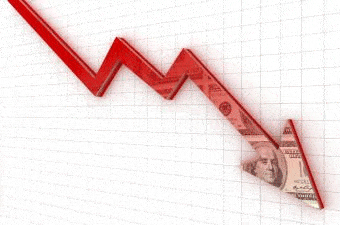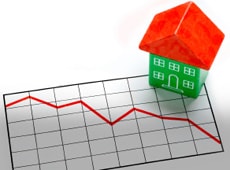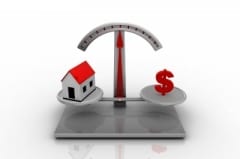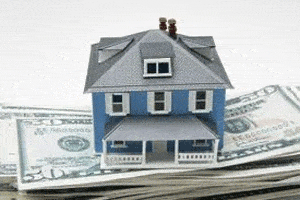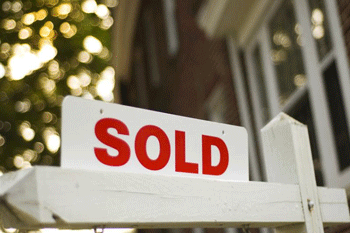In a historical context, home prices typically increase about 3 to 4 percent a year.
But in the years preceding the housing crash, prices in 2002 started soaring 7 percent a year, then 8 percent in 2004, and 12 percent by 2005, CNBC.com reports.
A “new bubble” may be forming, CNBC columnist Diana Olick writes. CoreLogic’s latest housing data shows home prices rose 8 percent in December year-over-year, the largest gain in more than six years. In some places, home prices are up by double digits from a year ago, like Phoenix where prices are up 26 percent year-over-year.
Inventories of for-sale homes are very tight and many are attributing the tight inventories as helping to drive up home prices. Inventories were at their lowest supply since May 2005, according to the National Association of REALTORS®.
“The greatest concern in the market is the inventory situation,” says Lawrence Yun, chief economist for NAR. “Even if we see an increase in the spring and summer, if home sales hold at the [current] level or even a 5- to 6-month supply, price increases are guaranteed. We don’t want to see rapid appreciation in prices faster than income.”
CNBC reporter Diana Olick notes that “healthy housing market gains are historically driven by increasing employment and income, not by lack of supply; the latter leads to price bubbles.”
But another part driving recent gains are the flood of investors in some markets. Investors are cashing in on once hard-hit markets by the foreclosure crisis, like in California, Las Vegas, and Phoenix. Many of these investors are hedge funds turning single-family homes into rentals, but as prices increase they may be inclined to take their profits sooner rather than later, Olick writes.
“What we had thought were safer, long term buys, may now turn into flips of the last decade,” Olick writes. “The question will be if there are enough non-investor buyers out there to support those sales?”
But the price gains may be sustainable, some say. Consumer confidence is increasing, employment is improving, and price gains may soon allow more home owners who are seeing equity once again trade-up, Olick writes.
Source: “Housing Market Already Shows Signs of New Bubble,” CNBC.com (Feb. 5, 2013) and “New Housing Fears: Home Prices Are Rising Too Fast,” CNBC.com (Jan. 22, 2013)
Related articles
For all your real estate needs
Call or email: John J. O’Dell
Realtor® GRI
Civil Engineer General Contractor
(530) 263-1091
Email jodell@nevadacounty.com
DRE# 00669941







